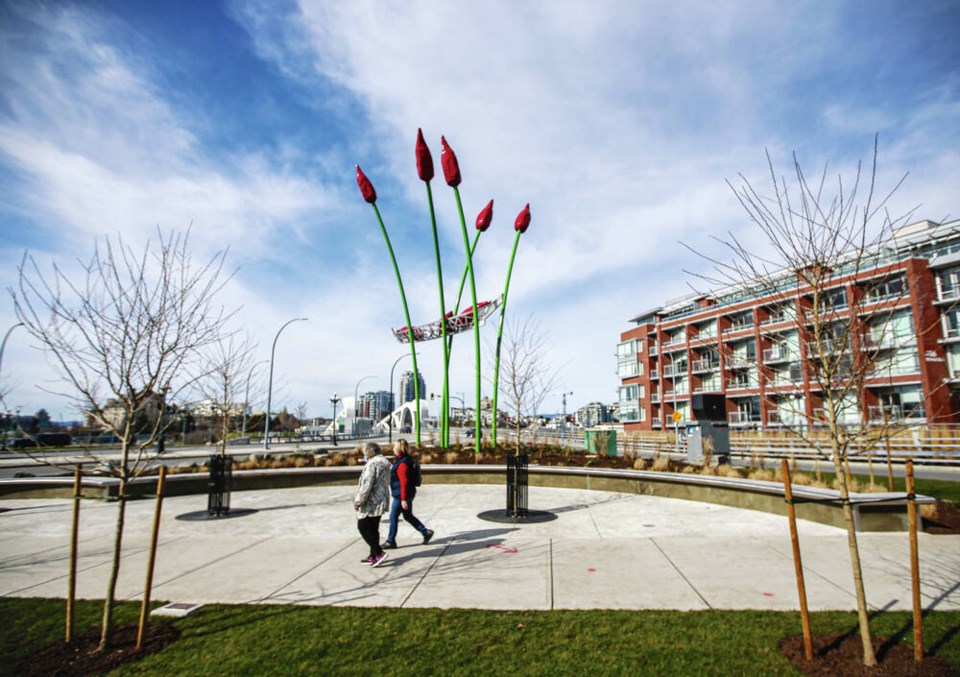Back in the 1980s, I worked for the Department of Public Health in the City of Toronto. We were developing and implementing the ideas that contributed to what became a world-wide healthy city movement.
One of those key ideas was that the design of the built environment was a fundamental determinant of the health of the population of the city.
Not exactly rocket science, one would think. After all, we are 80 per cent urbanised in North America and spend 90 per cent of our time indoors. (We also spend five per cent of our time — half the remaining 10 per cent — in vehicles!) If that sounds like a lot, try keeping a time diary for a week and see where you spend your time.
But I was surprised to find, in talking to urban planners, that urban design at that time was not strongly linked to what, to me, was the obvious point of the whole exercise: That people’s health, well-being and quality of life is — or should be — what it’s all about.
Surely the success of urban design should be measured in those terms. Which is why a lot of our work on creating healthy cities was and is done in conjunction with urban planners.
A second important urban focus in the 1980s, one that in fact achieved more prominence than healthy cities, was the concept of sustainable communities.
From my point of view, they always were two sides of the same coin — a healthy city must be a sustainable city, because while we may spend most of our time in built environments, we spend 100 per cent of our time within natural ecosystems that are the ultimate determinant of our health.
All of which goes to explain why the third Big Idea from Livable Victoria — a group of which I am a member — is that we must plan neighbourhoods for sustainability and human well-being.
Our first recommendation under that heading is to concentrate future population growth within existing urban and suburban areas, while protecting natural habitats from future development.
That also leads naturally to our second recommendation, which is to identify, restore, and protect areas of ecological and cultural significance, working with local First Nation communities, ecologists and other professionals.
In other words, we can’t keep on creating urban sprawl, which is both ecologically harmful and also harms health.
It is a very energy- and resource-inefficient form of development, car-dependant, and one that eats up large natural areas that we and other species depend upon.
It also often consumes prime agricultural land, because cities tend to be located where there is good agricultural land to support the population.
The health impacts of urban sprawl have been understood for decades now.
In their 2004 book Urban Sprawl and Public Health, Frumkin, Frank and Jackson identified the main impacts as diseases related to increased air pollution, reduced physical activity and increased obesity, injuries and deaths related to traffic, and impacts on mental well-being and social capital. To this we should add the health impacts of climate change, which sprawl exacerbates.
So as a region, we need to concentrate future population growth within existing urban and suburban areas through infill, “gentle” densification, building “missing middle” housing and “mainstreeting” our urban corridors, creating more dense mixed residential and commercial developments along our main transit corridors.
Our next set of recommendations is concerned with smaller-scale urban-design issues, based on the concept of a 15-minute neighbourhood.
Melbourne made this the basis of their new official plan in 2017, although they called them 20-minute neighbourhoods.
The idea is very simple: “giving people the ability to meet most of their daily needs within a 20-minute walk from home, with safe cycling and local transport options.”
This means, we recommend, developing a network of commercial village centres, but it also means expanding all forms of public amenities and social gathering places (such as parks, plazas and libraries) with an emphasis on incorporating natural ecosystems and habitats and creating safe places.
Because, of course, neighbourhoods are not just physical places, they are also social spaces.
Good urban design makes community possible by creating places for people to connect — that is an important part of what makes a community healthy.
Dr. Trevor Hancock is a retired professor and senior scholar at the University of Victoria’s School of Public Health and Social Policy
>>> To comment on this article, write a letter to the editor: [email protected]



